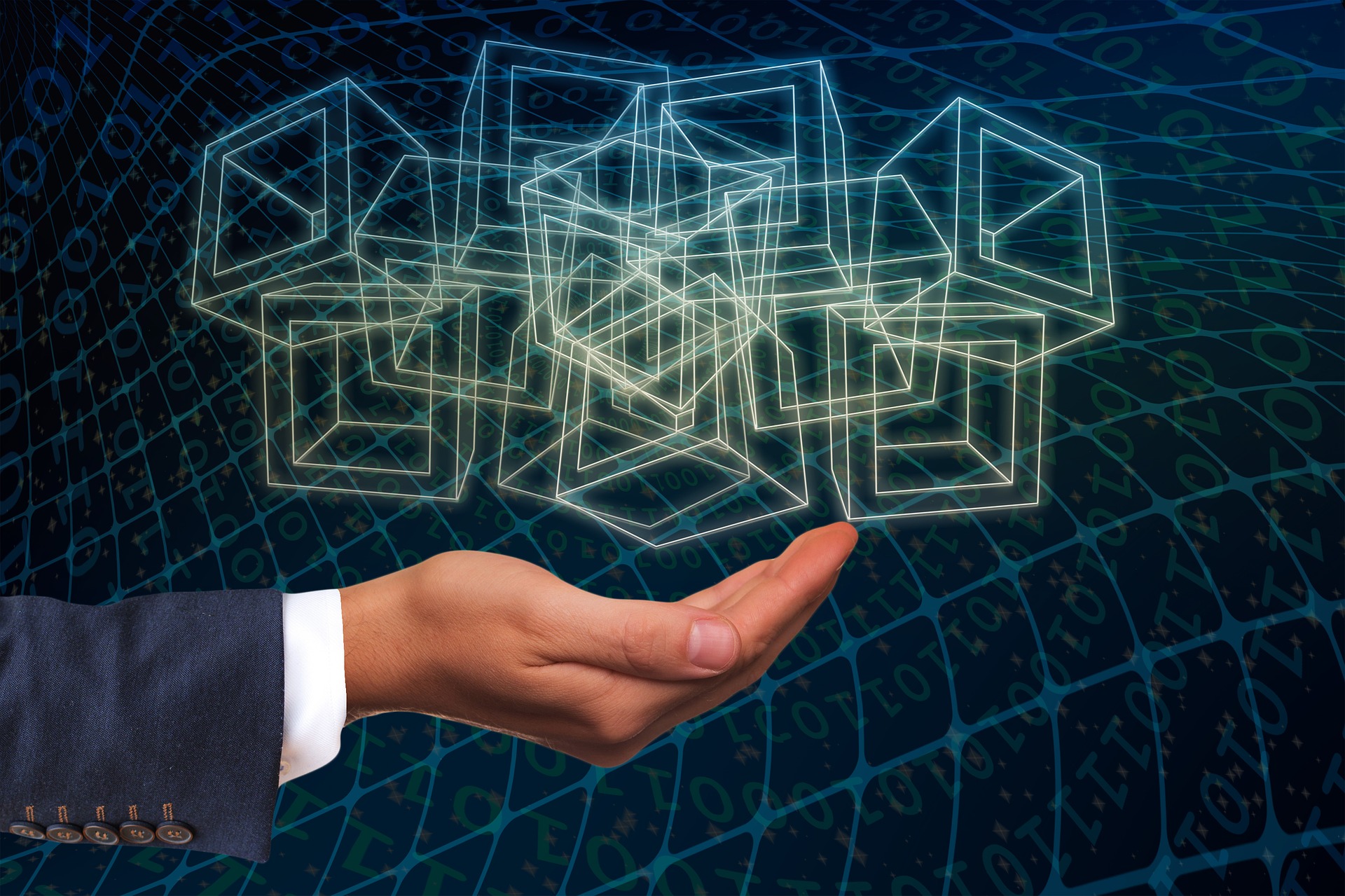Vixtera received the US patent for the fault detection in a system of connected devices
Blog

Page Contents
As we said earlier, sensors, storage, devices, and various mechanisms should harmoniously interact with each other to achieve common goals, namely data collection, decryption, and the implementation of necessary actions.
The second part of the ecosystem is IoT Connectivity, and it consists of two pieces: protocols and gateways.

A car needs a road to travel, and data needs a transportation environment. The information collected by the sensors is stored in the cloud, and protocol is used to connect these two sides. Protocols determine the way information is exchanged. It is crucial to indicate that data transfer is only possible with a secure connection between two devices.
The choice of a network also depends on some factors, such as data transfer rate, range, efficiency, power consumption, and bandwidth.
The importance of proper connectivity and optimization is vital in implementing IoT. Based on this, various popular communication protocols are applied. But it is important to say that these protocols cannot guarantee you the quality and efficiency of the connection, as well as the management and maintenance of devices. All this may require a manual and energy-intensive process.
Vixtera has developed the optimal solution for ubiquitous connectivity. This method defines a standard protocol for data collection and connection, as well as their management, and most importantly, it prevents the time-consuming processes of creating special software.
The information provided by detectors is stored in the cloud, but before data gets to this place, it must get through the gateways.
Gateways, for its part, has two roles: ensure continuous communication between all devices in the ecosystem and protect the system against unauthorized access and attacks. Gateways can also process information that is received from detectors; it is effective action before the data reach the cloud.
A cloud is a universal tool that helps to collect, process, manage, and store more amounts of different data every day. Cloud has a great volume for data storage and helps to not depend on local infrastructure. Applications, users, and various devices create a large flow of data every day, and for the smooth operation of all components, you need precise control. The cloud is an excellent assistant in this matter.
The cloud helps simplify the work of businesses by opening remote access to all the information stored in the cloud, which allows companies and services to solve problems, achieve goals and make decisions when it suits them.
Clothes make the man, and the interface makes the IoT. UI is the visible part, and it is no less important than other components of the ecosystem. Interaction with the system can be carried out very simply – directly through the device or with the help of phones, tablets.
The outer shell is now of utmost importance. This also applies to IoT. Convenience, ease of use, and appearance determine the device and its place in the market, as well as whether a potential user will buy it or not. Therefore, to make the life of users as comfortable as possible, designers should try hard to create the most thoughtful interface with minimal effort on the part of the user when interacting with appliances.
First part of IoT ecosystem: https://vixtera.com/iot-ecosystem-and-its-components-part-1/
IIoT software appliance: https://vixtera.com/software-appliance/